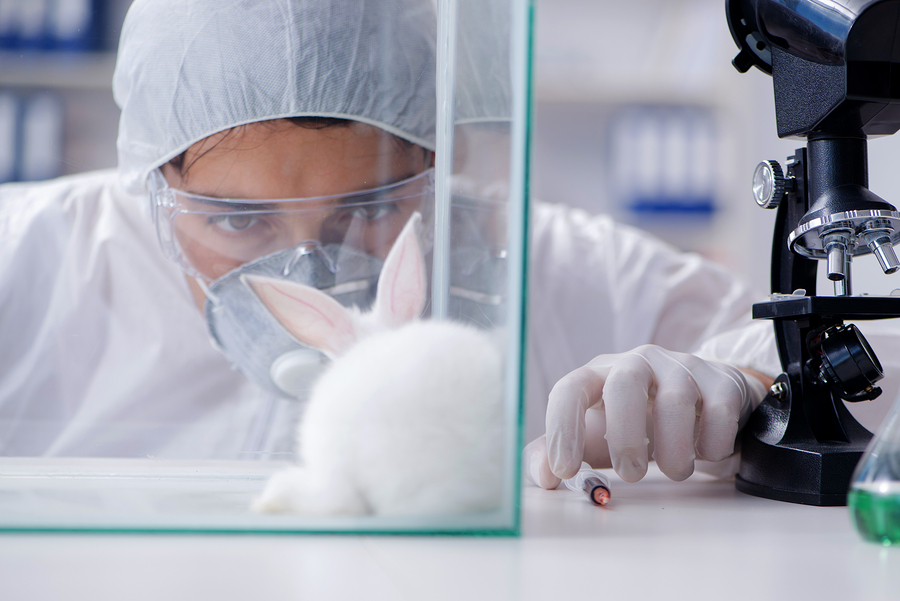The Canadian Council on Animal Care (CCAC) could only applaud with both hands the article published on August 9, 2017, in which two Australian researchers listed serious alternatives to animal experimentation. Thanks to in vitro experiments and in silico techniques, some of the three million animals studied annually in Canada for scientific purposes could have their lives saved.
An ever stricter framework
The use of animals (mainly mice, fish and rats) for fundamental research, medical and clinical studies, regulatory testing and development of medical products and devices is highly regulated by the CCAC. The animal must benefit from physical comfort and psychological well-being, suffering and anguish arising from the experiment must be minimized and, if they should become unbearable, the animal must be put into an unconscious state before its life is taken humanely. Even if the experiments cause little or no discomfort or stress (39% of experiments), or a minor stress or pain of short duration (31%), it is nevertheless necessary to condemn cases of moderate to intense distress or discomfort (28%) and intense pain (2%). This is why scientists and researchers around the world are called upon to follow the 3 R principle, developed in 1959 by the scientists Burch and Russell, who recommended replacement (of the animal, if possible), reduction (of the number of animals used) and refinement (of the methods and procedures, to limit stress and pain).
Promising alternative solutions
Among in vitro solutions that act on human cells and tissues, organs-on-a-chip, developed in 2010 by researchers at Harvard and Pennsylvania Universities, allows the creation of microscopic systems that receive living cells in culture. By simulating the activity of an organ (for example, a circulatory system with microscopic channels and a pump), drugs and toxins can be tested more accurately than on animals. Another technological feat is tissue reconstruction – from the eyes, intestine or skin – which allows testing the safety of drugs, cosmetics, chemicals, with a double benefit – no more injection of substances in shaved guinea pigs, obtaining better results than on tissues of animal origin. It is also satisfying, through synthesis of human blood derivatives, to no longer have to return horseshoe crabs to the ocean, with the certainty that only 60% will survive after 30% of their blood has been removed. Able to detect bacteria, horseshoe crabs make a clot using the LAL protein, which has been used since the 1960s to detect the presence of any bacteria on implants, injectable products or any medical device. Solutions also include in silico, particularly by computer modelling – which represents the human biology and simulates the progression of disease – and “quantitative structure activity relationships” (QSAR) which allow predicting with great reliability the harmfulness of a substance. Finally, animals of the pig and dog families should also be spared more through the use of computerized human patient simulators, for learning in psychology and pharmacology, and of the TraumaMan – more realistic than nature, with its layers of skin, tissues, organs – on which emergency surgery procedures can now be practised.
It is undeniable that man must take advantage of the 4th industrial revolution to find alternative solutions to animal experiments, since “if he is king of all animals, he must not be an executioner” (Jean-François Haumont).
